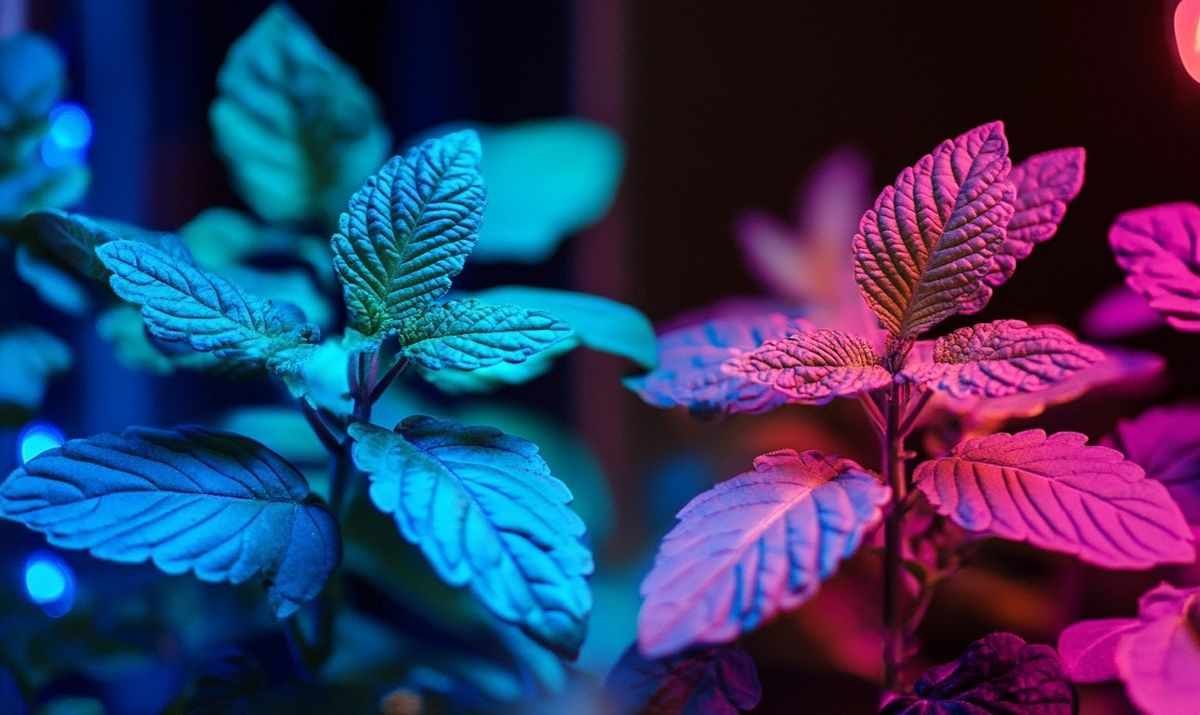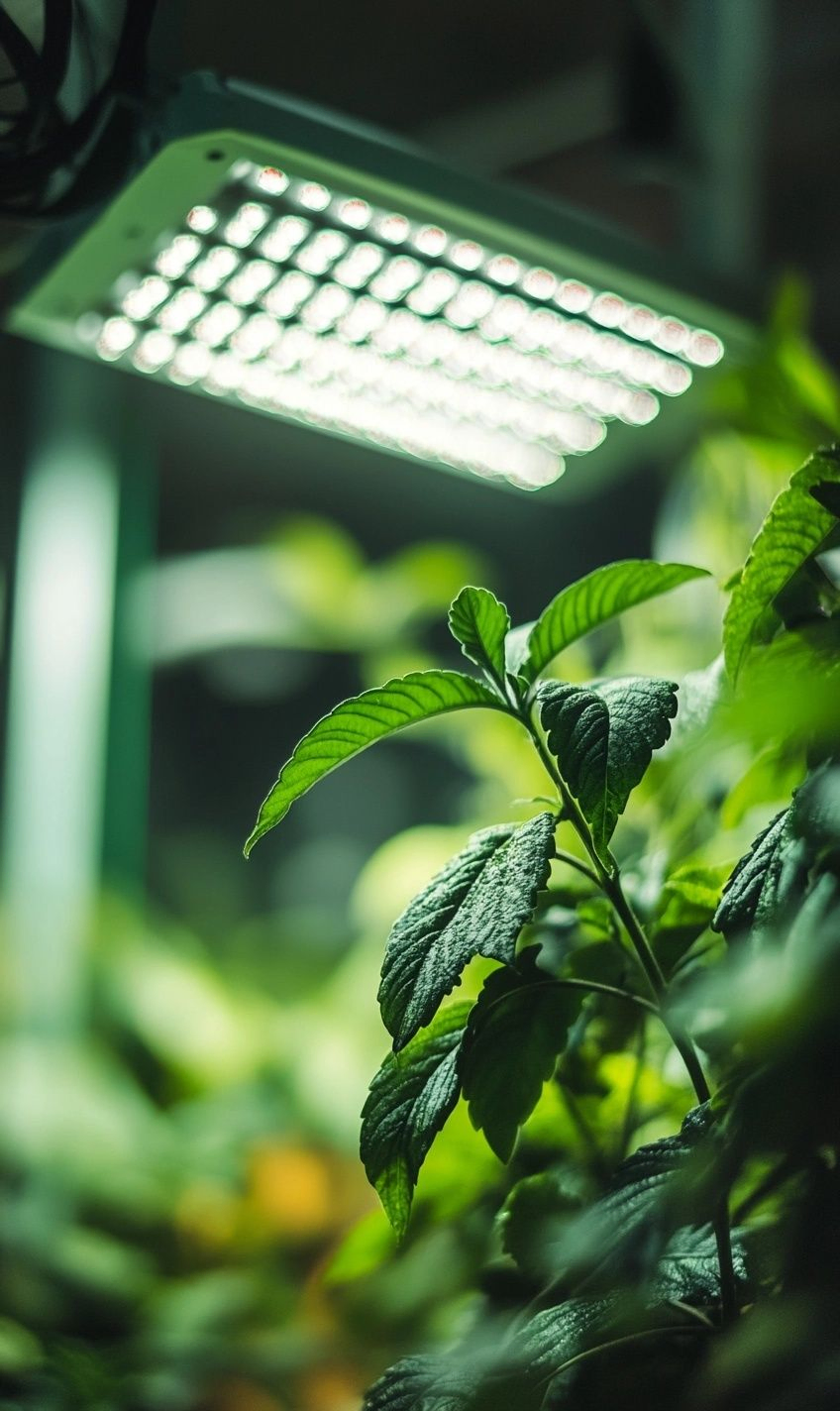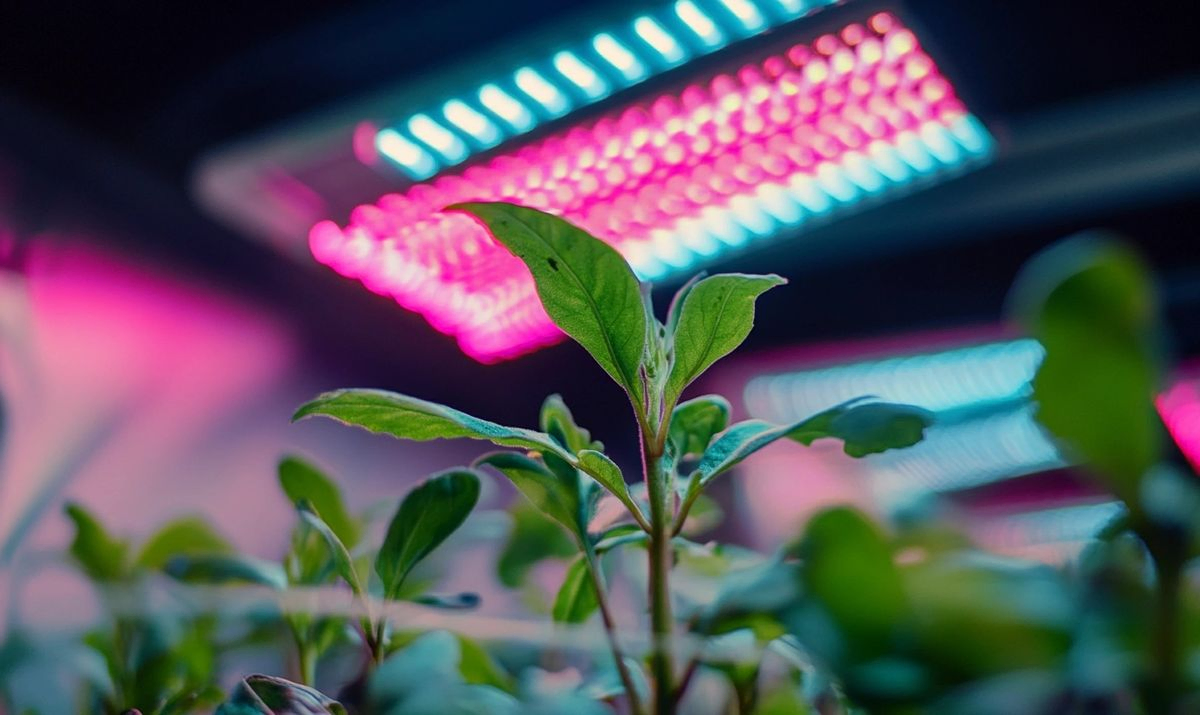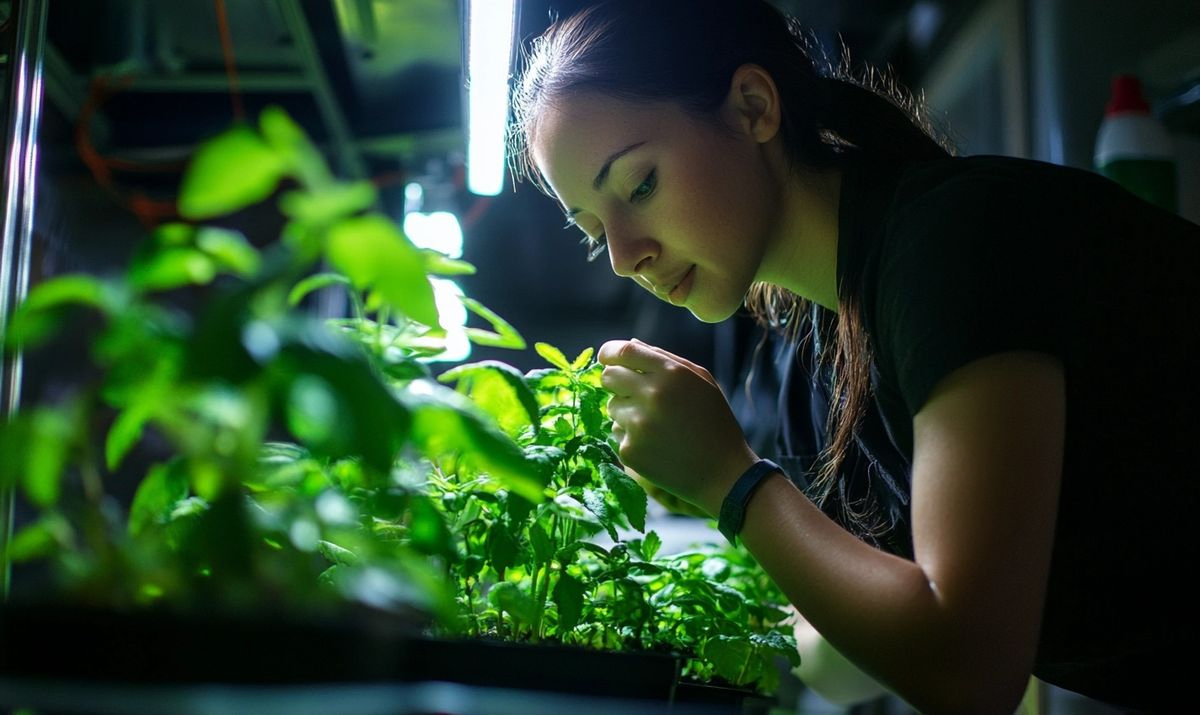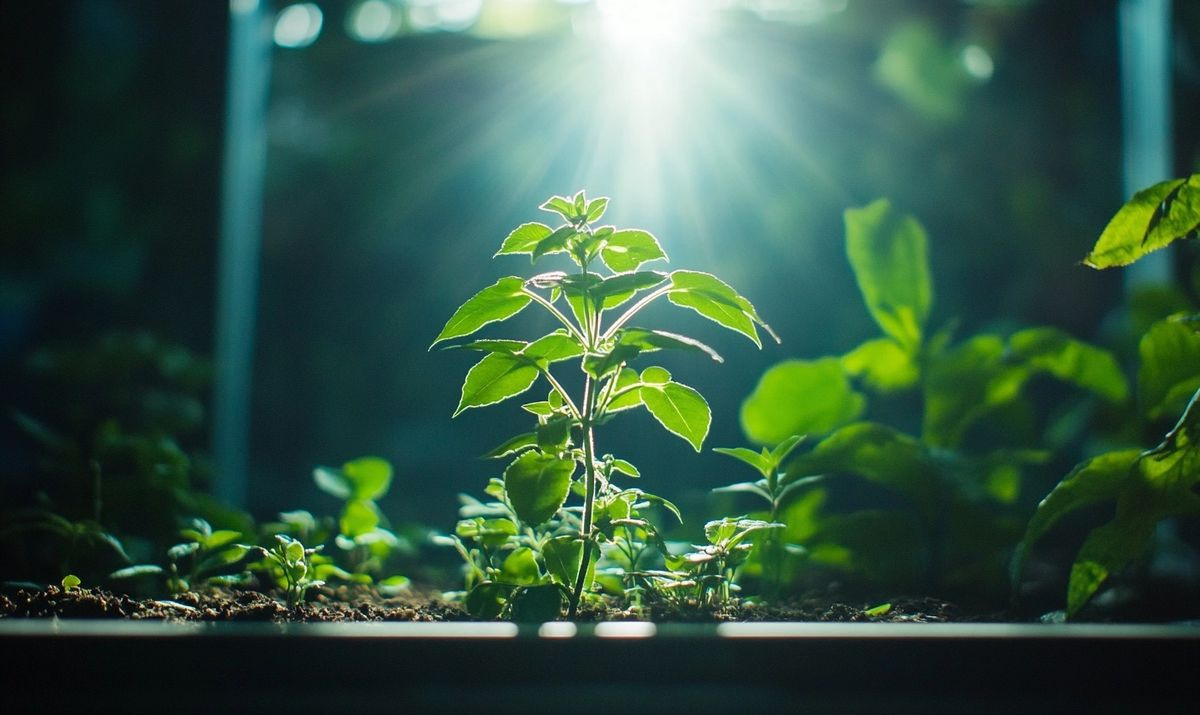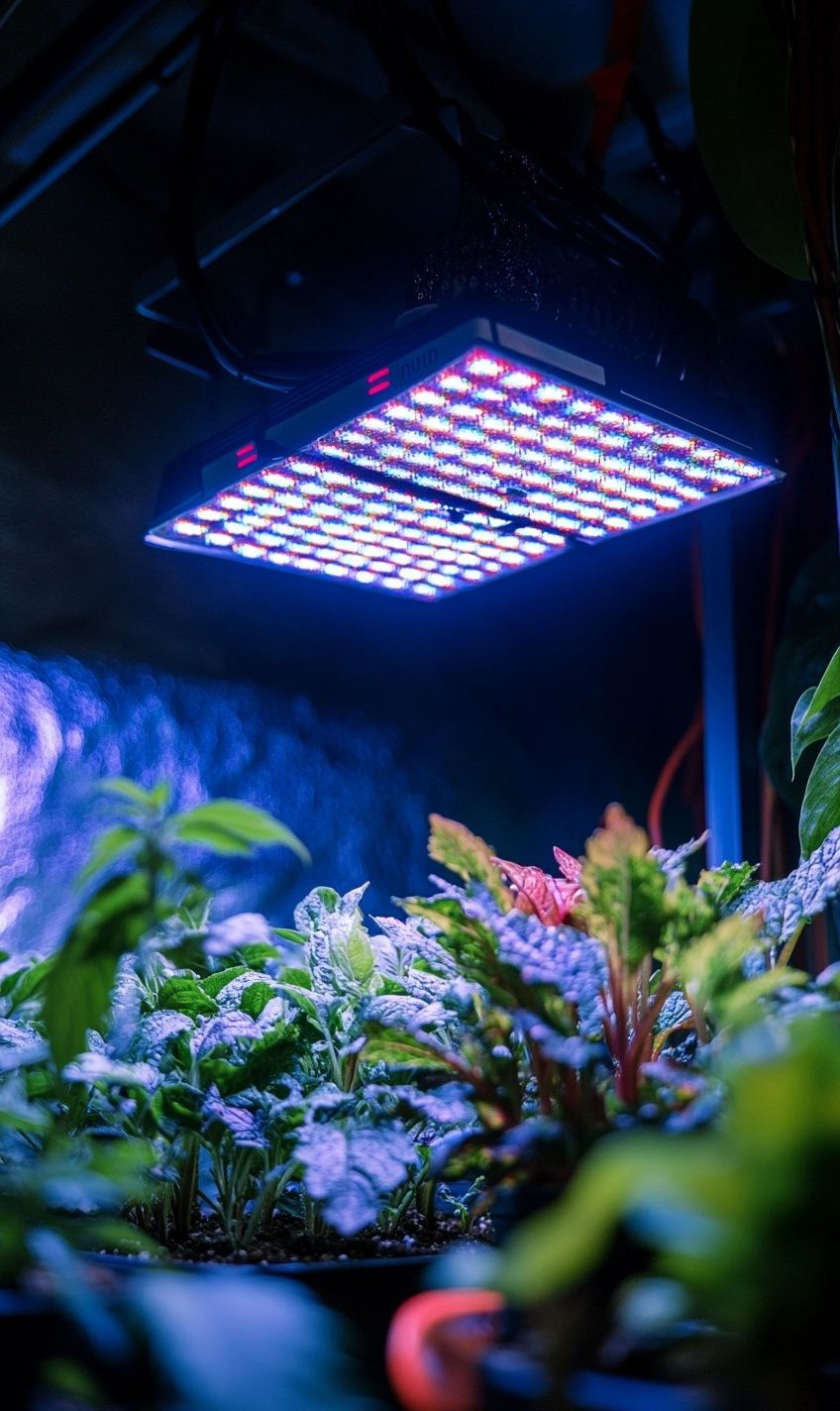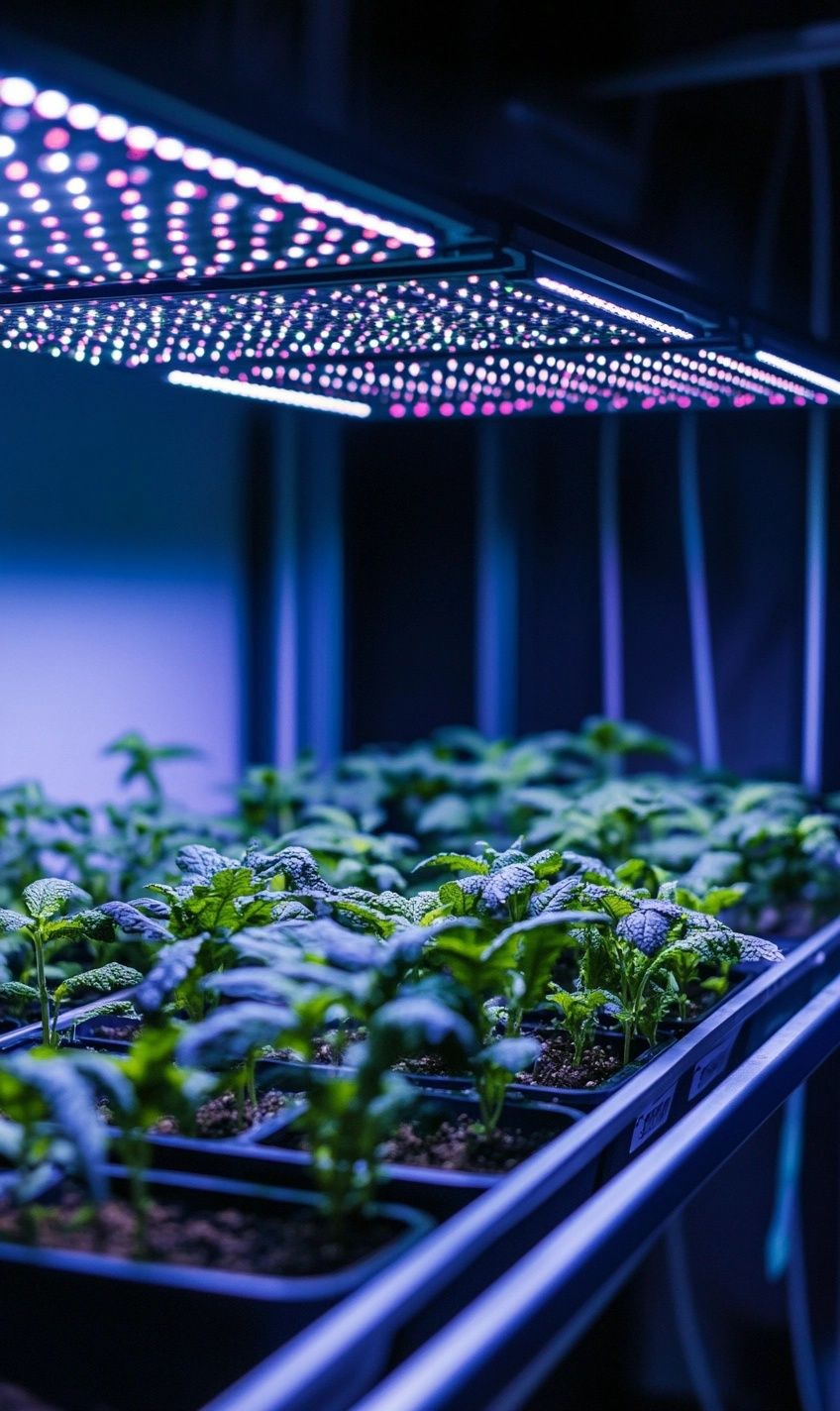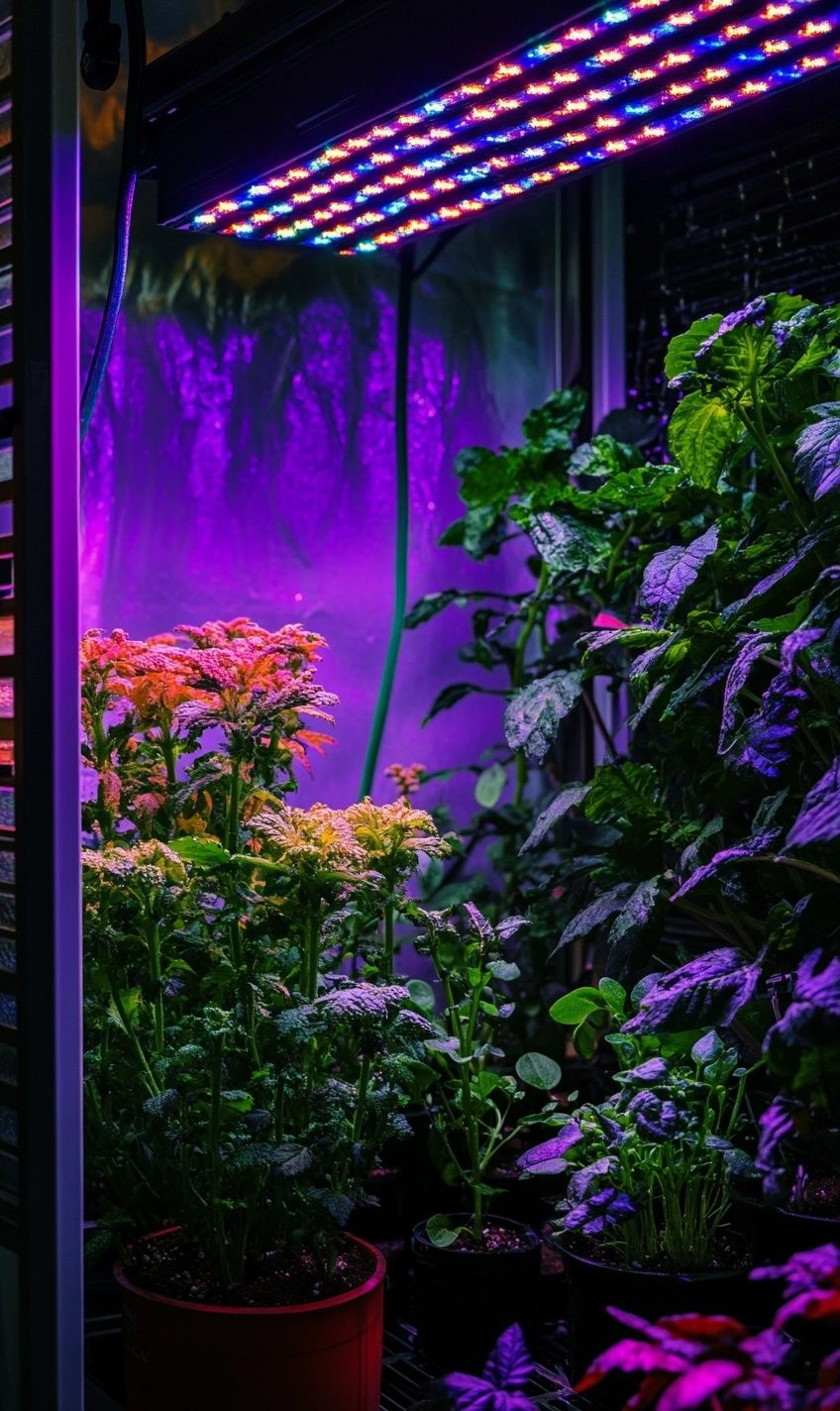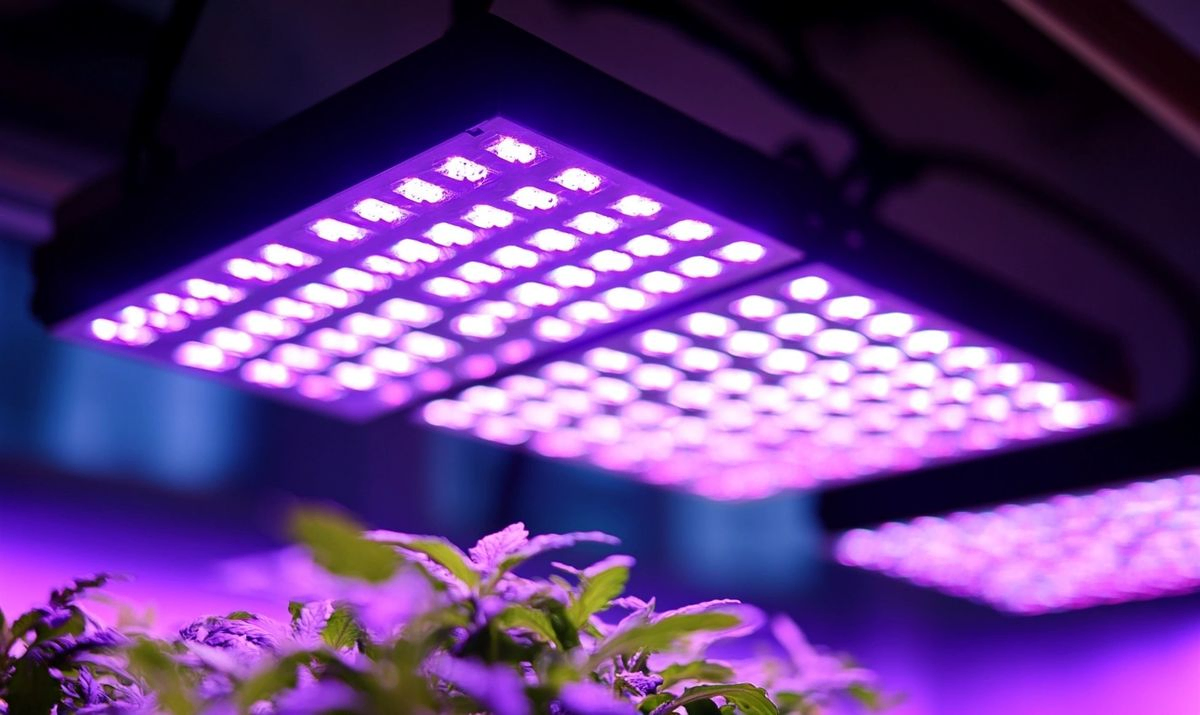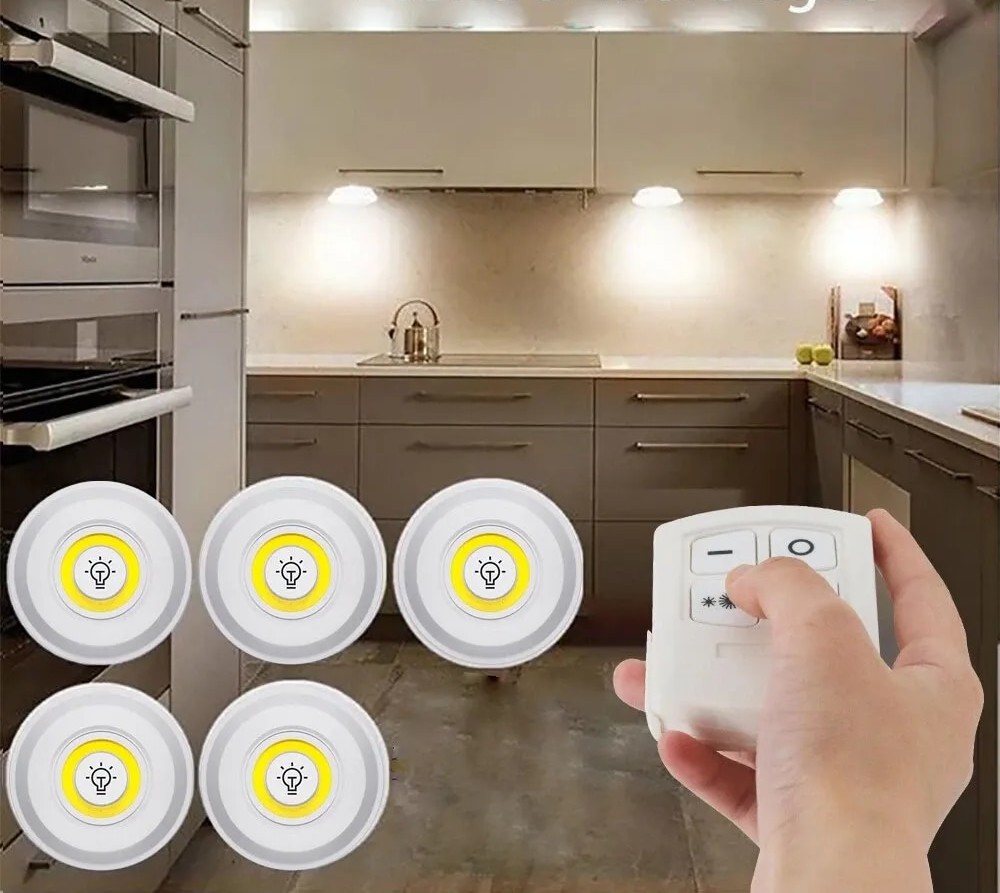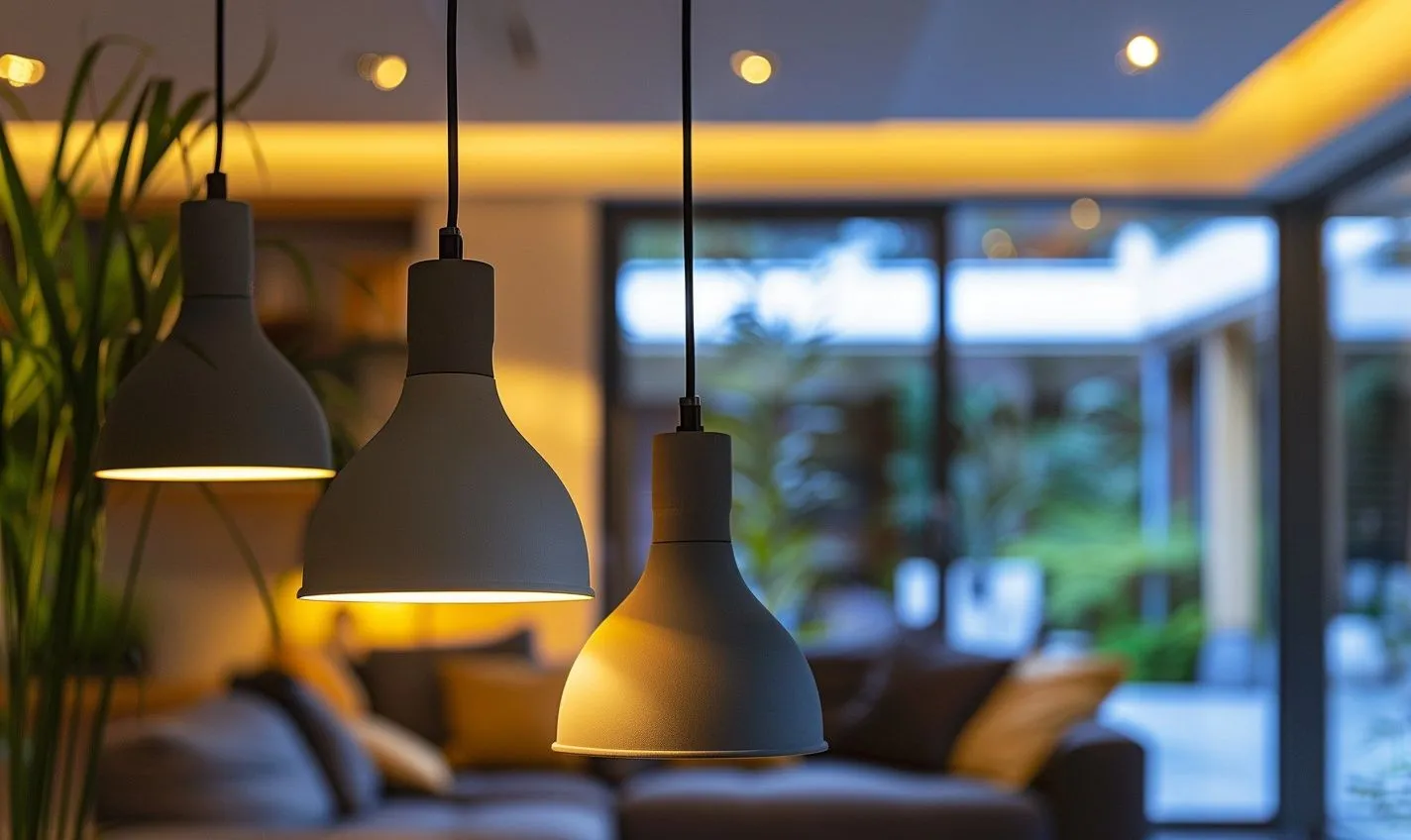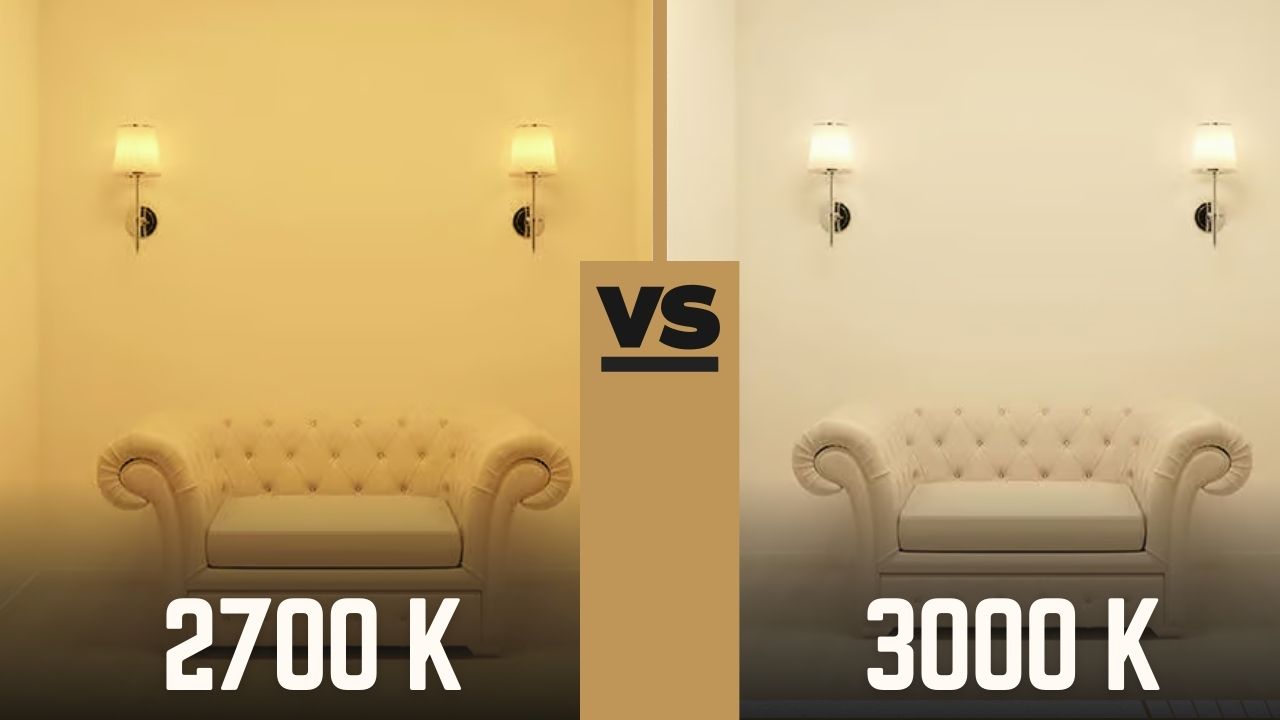Welcome to “Your Essential Guide to Measure LED Grow Light Intensity,” where we delve into the science behind one of the most crucial components of indoor gardening. Whether you’re a passionate gardener or a novice entering the world of horticulture, understanding how to measure LED grow light intensity is vital to unlocking your plants’ full potential. Proper lighting is not just about brightness; it provides the right spectrum and intensity that fosters healthy growth and maximizes yields.
In this comprehensive LED grow light intensity guide, we’ll explore effective methods to evaluate light output accurately. You’ll learn how to check LED grow light production and understand the significance of LED grow light PAR measurement, which quantifies the light plants can use for photosynthesis. With these insights, you’ll be equipped with the knowledge to optimize your indoor environment, ensuring that your plants receive precisely what they need for vigorous growth.
Moreover, we’ll introduce you to the essential LED grow light measurement tools that can simplify your testing LED grow light intensity process. As you become adept at measuring light for plant growth, you’ll gain confidence in creating the perfect conditions for your indoor garden. So, let’s dive into the fascinating world of light intensity measurement and transform your growing experience!
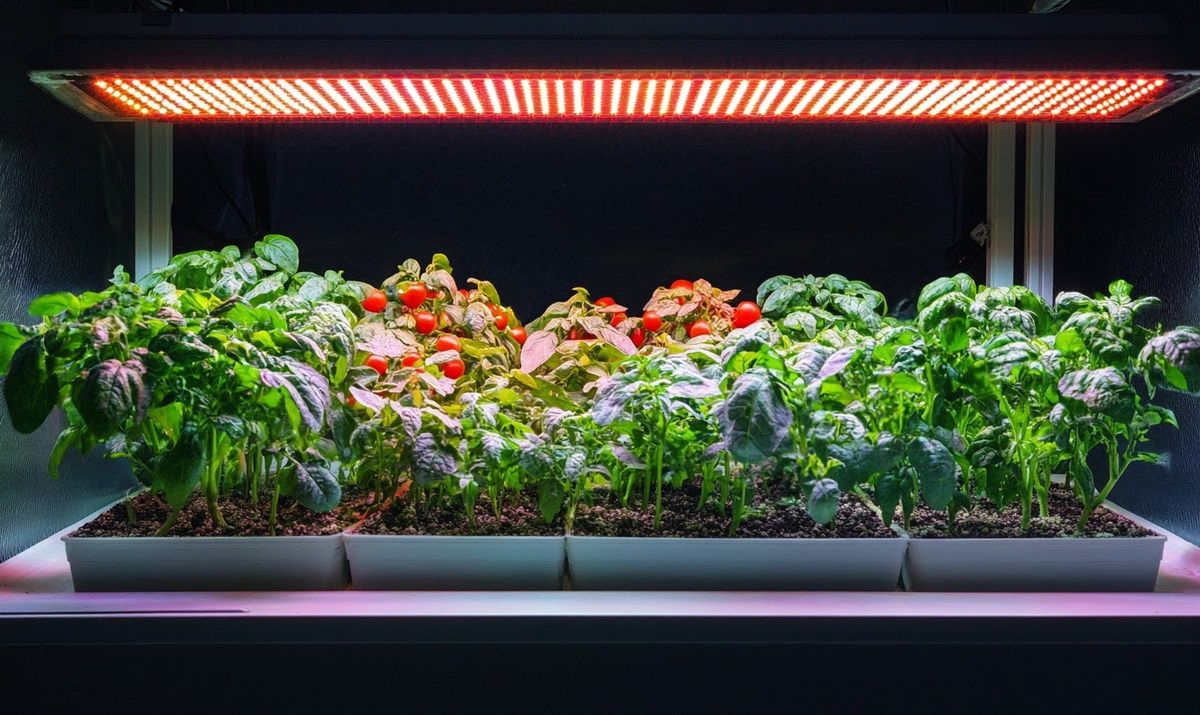
Understanding LED Grow Light Intensity
When you think about your indoor garden’s success, does the word intensity pop into your head? It should! Understanding LED growth light intensity is essential for vibrant, healthy plants. You can tailor their care perfectly by measuring how much light your plants receive.
What Even is LED Grow Light Intensity?
Imagine your plants basking under a sunny sky. That’s what you’re trying to replicate with LED grow lights. But not all light is created equal. As humans thrive in sunlight, plants need specific light wavelengths to grow. The intensity of those lights determines how well your plants absorb energy!
Why Should You Care?
Have you ever seen a garden blossom and thought, “What’s their secret?” They probably nailed their LED grow light intensity. Here are a few reasons why measuring light intensity is crucial:
- Plants grow better with the right light.
- Improper light can lead to weak growth.
- It saves money on electricity!
Quick Tips for LED Grow Light Measurement
So, how do you figure out if your lights are doing their job? Here’s a quick LED grow light intensity guide you can follow:
- Get a photometer or PAR meter. These gadgets are lifesavers!
- Place the sensor where your plants are.
- Record the readings at different times throughout the day.
What’s PAR and Why It Matters?
LED grow light PAR measurement is a fancy way of saying, “Are my plants getting the right type of light?” PAR (Photosynthetically Active Radiation) is the wavelength range that plants use. Think of PAR as your plant’s buffet—too much of the wrong stuff, and they’ll go hungry!
Measuring Light for Plant Growth
When you measure light for plant growth, aim for numbers that tell you they’re thriving. Aim for about 400–700 µmol/m²/s for most plants. If your readings are below this, it might be time to reposition those lights.
Your plants depend on you to bring them closer to their sunlight dreams. You empower them to reach their full potential by effectively testing LED grow light intensity. Don’t let them fade in the shadows—shine a light on their needs!
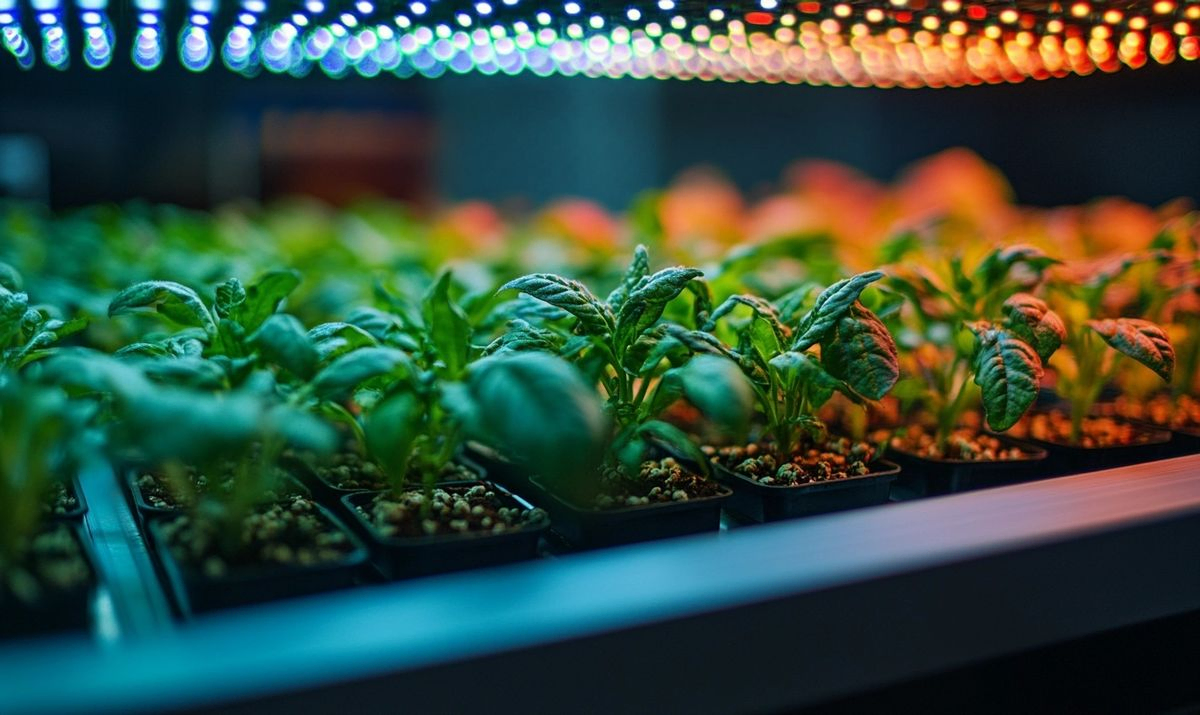
Why Measuring Light Intensity is Crucial for Plant Growth
Have you ever wondered why your plants aren’t thriving as expected under that flashy LED grow light? It could be because you’re not taking the time to measure LED growth light intensity. Just like us, plants have specific light needs. They crave the right intensity to grow healthy and vibrant. So, how do you ensure your leafy friends get their daily dose of sunshine, even indoors?
Understanding Plant Needs
Think of plants as picky eaters. They won’t flourish unless their light menu is just right. Plants may become leggy and weak if your grow light isn’t bright enough. Too much light? They could stress out and scorch like a sunbather without sunscreen. Measuring light for plant growth is like tuning a guitar—get it just right, and the music will flow.
The Importance of Consistency
Imagine a chef trying to make a perfect cake with inconsistent ingredients. Getting the right LED grow light intensity is all about consistency. Plants thrive on stable light levels, and measuring light helps achieve that. It lets you adjust your setup quickly to keep your plants happy and healthy.
Common Measurement Techniques
So, how do you check LED grow light output? Here are a few easy ways:
- Lux Meter: Great for basic intensity checks.
- PAR Meter: Perfect for serious growers wanting precise readings.
- Phone Apps: Some handy apps can give you a ballpark figure.
Don’t just stick with one method. Mixing up your tools can give you a fuller picture of your plants’ light needs. It’s like casting a net when fishing; the more wide-ranging your strategy, the better your catch.
Watching Out for Red Flags
While on this light-measuring journey, watch for signs that your plants are trying to tell you something. Are they stretching towards the light? That’s a clear sign they need more intensity. Dark green leaves can also mean your plants are getting too much light. Keep your plants happy by responding to these subtle cues!
In short, understanding LED grow light measurement tools and how to use them is your ticket to creating a thriving garden. Remember, a little effort goes a long way in ensuring your plants reach their full potential.
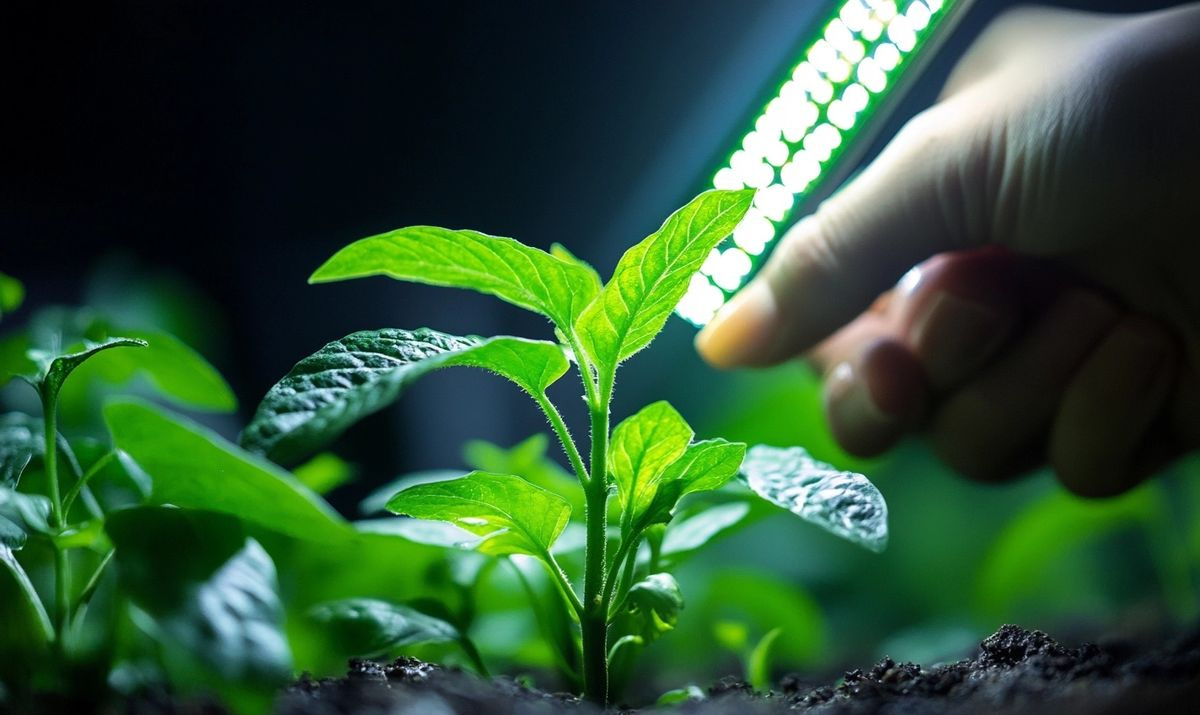
How to Check LED Grow Light Output Effectively
Understanding the Basics
When people say “just flip the switch,” they’re not wrong. But understanding how to check LED grow light output is like understanding the heartbeat of your plants. You wouldn’t want to rely on any old light for your growing buddies, right?
Getting Hands-On with Measurement
It’s time to test the intensity of LED grow light to know what’s happening. But how do you do that? Here’s a simple way to navigate through it:
- Grab a light meter. This little device will help you see how much light your plants get.
- Position the meter directly under the light. Make sure it’s at the same height as your plants’ canopy.
- Record the reading. Keep track of those numbers—they’ll tell you a lot!
See? Easy as pie! You can measure the intensity and the overall output without getting lost in complicated jargon.
Looking at Light Quality
Not all light is created equal! Just like you wouldn’t fill your basket with overripe apples, plants prefer specific wavelengths of light. This is where LED grow light PAR measurement comes into play. PAR refers to Photosynthetically Active Radiation, the juicy stuff plants thrive on.
- Use a PAR meter to check these values.
- Make sure your readings reflect the light your plants need!
Tools to Level Up Your Measurement
If you’re serious about your plants, you need the right tools. Let’s look at a few LED grow light measurement tools you should consider:
- Lux Meter: For general light intensity
- PAR Meter: For focusing on the perfect wavelengths
- Intelligent Apps: Some mobile apps can help with light readings, too!
Incorporating these tools ensures your plants receive just the right amount of light. Think of them as a personalized light coach, leading your greens to victory!
Why Regular Checks Matter
You shouldn’t just check your light once and call it a day. Imagine if you only brushed your teeth once a year. Yikes! Your plants need consistent care. Regular checks on measuring light for plant growth help maintain a thriving environment. Remember, healthy plants lead to a bountiful harvest.
So, are you ready to embark on this illuminating journey? Let’s unlock your plants’ potential, one measurement at a time!
Essential LED Grow Light Measurement Tools You Need
Why You Should Invest in Measurement Tools
Imagine your plants basking in light, soaking up those nutrients like kids at a candy store. But how do you know if they’re getting the right amount of light? That’s where LED grow light measurement tools come into play! These handy gadgets help you monitor the light intensity that your plants are receiving.
Must-Have Tools for Measuring Intensity
Ready to step up your plant game? Here are some tools you can’t skip:
- Lux Meter: This gadget measures illuminance, giving you an idea of light levels.
- PAR Meter: This is your best friend if you’re diving deep. It measures photosynthetically active radiation, essential for measuring LED grow light PAR measurement.
- Light Meter App: Do you have a smartphone? Download an app! It’s convenient and surprisingly accurate for quick checks.
Bonus Tools You Might Consider
Want something a bit more specialized? Check these out:
- Quantum Sensor: Perfect for severe growers who want accuracy testing LED grow light intensity.
- Data Logger: This tool logs data to track light readings over time.
Easy Ways to Use These Measurements
Once you have these tools, using them is a breeze! Here’s how you can measure LED grow light intensity like a pro:
- Place the meter directly beneath the light.
- Record the readings at different heights and distances.
- Compare these results to the ideal light requirements for your specific plants.
Ready, Set, Measure!
Don’t let your plants guesswork their way through their lighting needs. You’re setting the stage for robust growth with the right LED grow light measurement tools. Think of measuring light like tuning a musical instrument; the better the tuning, the better the music—and, in this case, the thriving plants!
Testing LED Grow Light Intensity: Methods and Techniques
The Basics of Testing
Have you ever wondered how to measure LED growth light intensity? It’s not rocket science! It would be best if you had the right tools and techniques. Think of it like tuning a guitar; a slight adjustment can make a big difference in performance.
Simple Measurement Techniques
To get started, the best way to check LED grow light output is by using a light meter. These handy devices can give you an accurate read on your grow light’s output.
- Step 1: Position the light meter directly under the light source.
- Step 2: Turn on your light and take the reading.
- Step 3: Note the distance from the light to the plant. This can affect your plants’ growth!
Getting into the PAR Zone
Have you heard of PAR measurement? It stands for Photosynthetically Active Radiation. Measuring how adequate your LED grow light is for plants is crucial. To do an LED grow light PAR measurement, you’ll typically use a specialized PAR meter. You’ll find they’re a bit pricier but worth every penny!
Using a Smartphone App
Did you know there are smartphone apps that can measure light for plant growth? While they might not be as precise as a professional meter, they’re a great budget-friendly option. Just remember they might not capture the full spectrum of light.
Tips for Testing LED Grow Light Intensity
Here are some quick tips to keep in mind for testing LED grow light intensity:
- Consistent Lighting Conditions: Always test for the most reliable data under the same conditions.
- Multiple Measurements: Don’t rely on one point; measure in different areas around the grow light.
- Document Results: Keep a log of your findings. This will help you track any changes or trends over time.
And remember, it’s about experimenting! Different plants have different needs. What works for one may not work for another. Don’t be afraid to try new techniques for the perfect LED grow light intensity guide.
LED Grow Light PAR Measurement Explained
What is PAR, Anyway?
Ever wonder about PAR or Photosynthetically Active Radiation? It’s the range of light, specifically from 400 to 700 nanometers, that plants use for photosynthesis. Think of it as the “golden ticket” for plant health. If your LED grow light intensity doesn’t deliver enough PAR, your plants won’t thrive!
How Do You Measure LED Grow Light PAR?
Measuring LED grow light intensity isn’t just about shining a light on your plants and calling it a day. You need precision! Here’s a quick guide to measure LED grow light intensity effectively:
- Get yourself a PAR meter. This is your best friend for accurate readings.
- Position the meter at the plant canopy level, where the magic happens.
- Make adjustments as needed. Sometimes plants like a little more or less light!
Why Should You Bother?
You might ask yourself, “Why should I even measure my LED grow light output?” Well, think of it like cooking. You might have a too-salty or bland dish if you don’t measure your ingredients. In the same way:
- If your lights are too weak, your plants may stretch.
- Too strong? You risk burning those lovely leaves.
Finding that sweet spot is crucial for healthy growth.
Tools for the Job
You don’t need to break the bank to get going! While some fancy tools can cost a hearty sum, here are some LED grow light measurement tools to consider:
- PAR Meters – Most accurate for measuring light intensity.
- Lux Meters – Great for indoor lighting but less effective for plant growth.
- Smartphone Apps – While they won’t replace professional tools, some come close for quick checks!
Final Thoughts on Testing LED Grow Light Intensity
Remember, you’re not just growing plants; you’re cultivating life. By measuring light for plant growth, you ensure each leaf thrives, and every bloom flourishes. Isn’t that worth a little effort? So grab your tools, and let’s get measuring!
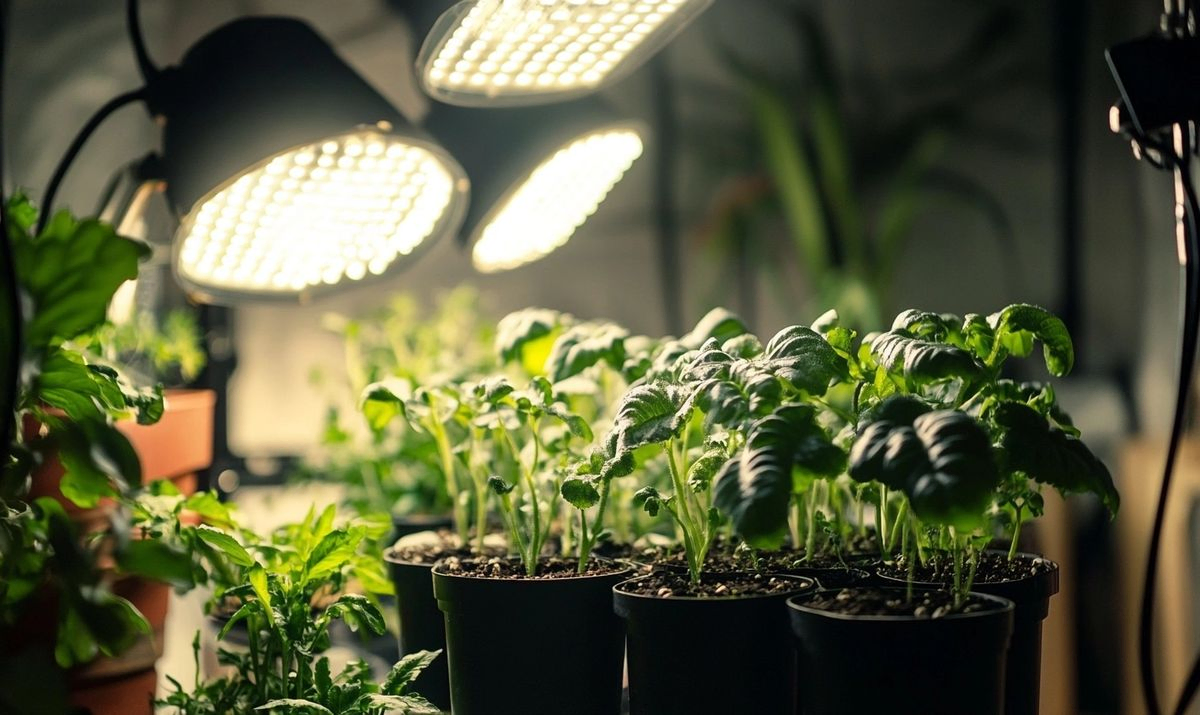
Best Practices for Measuring Light for Plant Growth
Know Your Plants
Before measuring LED grow light intensity, consider your plants’ specific needs. Just like humans, different plants have different preferences for light. Are you growing veggies or vibrant flowers? Understanding this helps tailor your LED grow light intensity guide. Think of your plants as your little sunbathers; they crave just the right amount of light!
Use the Right Tools
You wouldn’t use a butter knife to cut a steak. Similarly, using the correct LED grow light measurement tools is essential. You can’t rely just on your eyes! Invest in a PAR meter; it’s your best friend here. This nifty gadget will make LED grow light PAR measurement a breeze.
Consistency is Key
Like the regularity of your morning coffee, consistency matters! When you measure your lights, do it consistently. Pick a specific time, and use the same distance from the light source. This way, your data remains valid over time. And who knows? You might even uncover trends in testing LED grow light intensity, leading to better growth.
Document Your Findings
Have you got a notebook? Great! Jotting down your light measurements and changes will help you see patterns. Tracking how different intensities affect growth can be enlightening. Imagine each entry as a breadcrumb leading to healthier plants. You’ll have a reference if you ever wonder how to check LED grow light output!
Experiment and Adapt
Don’t be afraid to play the mad scientist! Change the height of your lights or switch up your timing. Measure the changes because plants can be picky. Sometimes, they thrive under direct sunlight and other times; they prefer a little shade. Keep adapting based on your observations, making measuring light for plant growth an evolving process.
Seek Help if Needed
Even the pros had to start somewhere. Join forums or social media groups sharing similar interests. Asking for advice or insights can illuminate areas you might’ve overlooked. Plus, you can share your findings, helping others learn how to measure LED grow light intensity effectively!
In the world of indoor gardening, knowledge is power. Arm yourself with the proper practices and watch your plants flourish!
Interpreting Your LED Grow Light Intensity Results
What Do the Numbers Mean?
So, you’ve taken the time to measure the intensity of the LED grow light. Great job! But now what? Those numbers might look like gibberish, but they tell you a story about your plants’ potential happiness. Are we talking about thriving greens or unhappy little sprouts? That’s where interpretation comes in.
Understanding PAR Values
When talking about LED grow light PAR measurement, we want to focus on the numbers that fall between 400 and 700 nm on the spectrum. This range is where all the magic happens! If your light’s PAR value is up to snuff, your plants can photosynthesize like champs. It’s like how a good cup of coffee starts your day!
- If PAR values are low, plants may stretch and become leggy.
- Medium values? You’re in a good spot—healthy growth, but there’s room to improve.
- High values mean vibrant, bushy plants, the kind you dream about!
Comparing Your Results
Once you have your intensity readings, it’s time to play detective. Get those numbers out, and look at them! Compare your results against recommended levels for your specific plants. Each plant type has its dream light intensity. For instance, leafy greens usually thrive around 200-400 µmol/m²/s, while flowering plants can prefer upwards of 600 µmol/m²/s. Can you see the difference?
Recognizing Room for Improvement
If you’re seeing some low numbers, it’s a warning flag. Don’t just shrug it off! Consider tweaking the distance between the light and your plants. Or maybe it’s time to upgrade to a more powerful light. Just think of your plants as delicate babies. They need the right light—not too much and not too little! How would you feel if stuck in a dim room all day?
Using Measurement Tools Correctly
Now, you have to use your LED grow light measurement tools right. Make sure your sensor is facing your plants directly. It’s like taking a selfie—angle matters! Move the sensor around different spots to get a complete picture of your setup. Think of it as your plant light adventure!
So, as you delve deeper into assessing your light intensity, remember—it’s all about finding that sweet spot for your greens. Because happy plants = happy you!
Conclusion
In conclusion, understanding how to measure LED grow light intensity is crucial for achieving optimal plant growth in your indoor garden. With the right tools and knowledge, such as the LED grow light measurement tools available on the market, you can effectively monitor and adjust the light levels for your plants’ needs. This LED grow light intensity guide has provided you with essential insights into the best practices for testing LED grow light intensity and how to check LED grow light output accurately.
By measuring light for plant growth using PAR (Photosynthetically Active Radiation) measurements, you can ensure that your plants receive the necessary light spectrum for photosynthesis. Regular monitoring will help maintain a healthy growing environment, leading to lush, thriving plants. Remember, balancing light intensity, duration, and your plant’s unique requirements is critical to successful indoor gardening.
Remember the significance of measuring LED grow light intensity as you grow plants indoors. With proper understanding and tools, you’ll boost your yields and gain a deeper appreciation for the beautiful world of horticulture.

Frequently Asked Questions (FAQs)
How do I measure LED growth light intensity?
You can use a light meter to measure photosynthetically active radiation (PAR) to measure LED growth light intensity. These meters provide the best measurement for understanding how well your plants will grow under LED lights.
What is an LED grow light intensity guide?
An LED grow light intensity guide provides information on optimal light levels for various types of plants. It includes recommended intensity levels, measured in micromoles per meter squared per second (µmol/m²/s), to help ensure healthy growth.
How to check LED grow light output?
You can check LED grow light output using a PAR meter, which measures the light spectrum relevant to photosynthesis. Hold the meter at the level of your plants and record the output in µmol/m²/s.
What is LED grow light PAR measurement?
LED grow light PAR measurement refers to quantifying light in the PAR range (400-700 nm), essential for photosynthesis. This measurement helps determine how adequate a grow light is for plant growth.
What tools are best for testing LED grow light intensity?
The best tools for testing LED grow light intensity include PAR meters, quantum sensors, and light meters specifically designed for horticulture. These tools help provide accurate readings of light intensity at the plant level.
How can I measure light for plant growth?
Measure plant growth light using a PAR meter or quantum sensor. Place the sensor at the plant canopy and take readings to assess whether the light levels are sufficient for optimal growth.
What are the best practices for measuring LED grow light intensity?
Best practices include ensuring the sensor is positioned correctly at plant height, taking multiple readings across the growing area, and timing your measurements during the same time of day for consistency.
What factors affect LED growth light intensity?
Factors that affect LED grow light intensity include the distance between the light source and plants, the wattage of the lights, the type of plants being grown, and the reflectivity of surfaces in the growing area.

